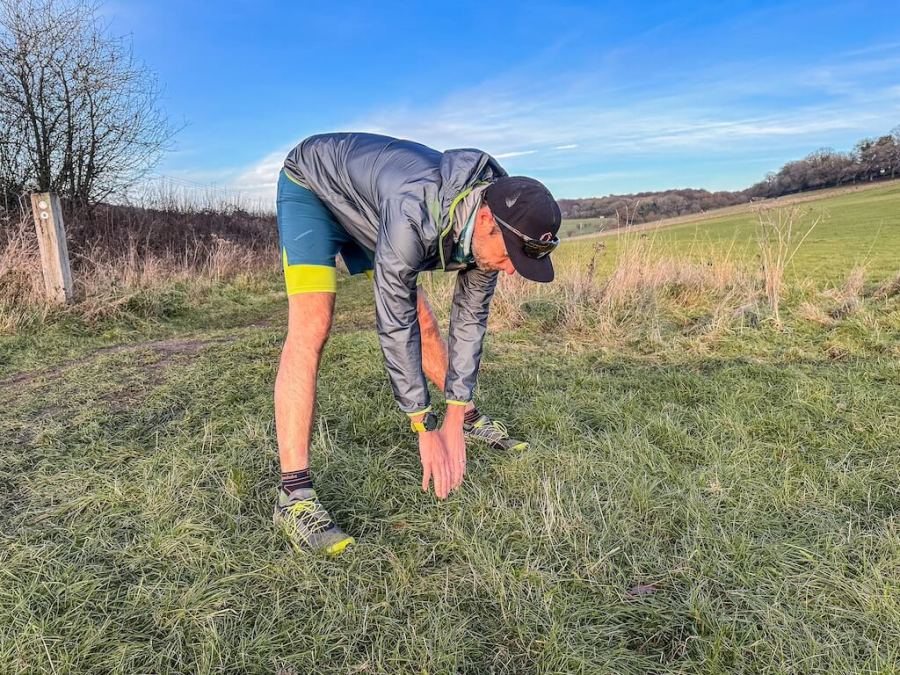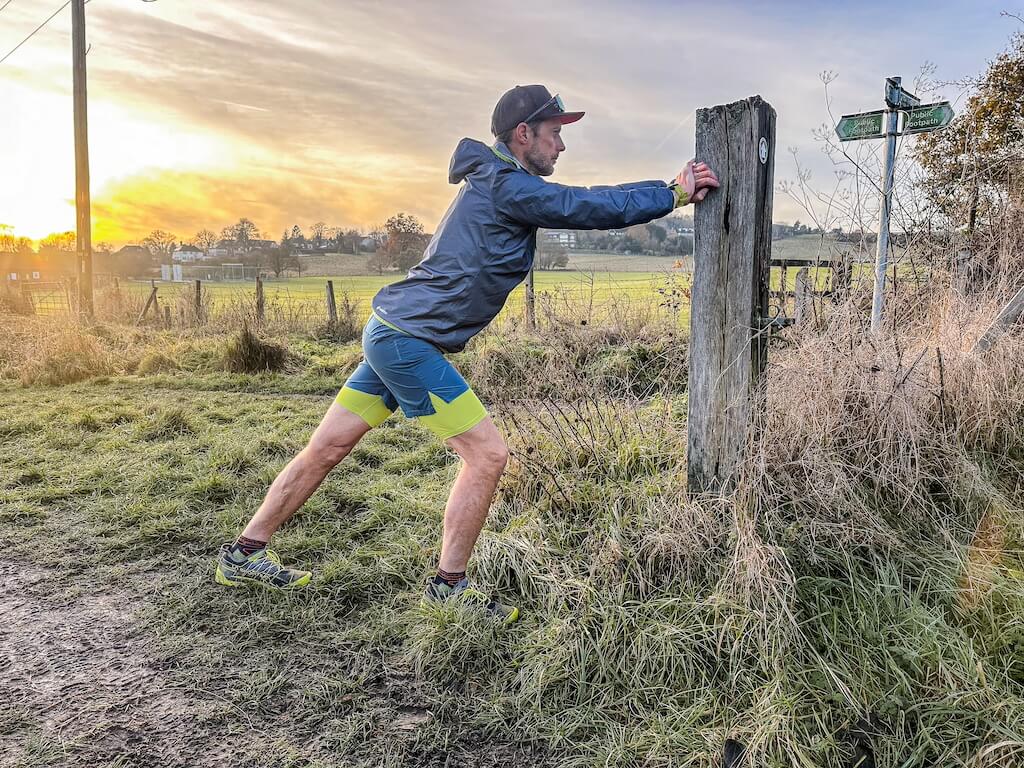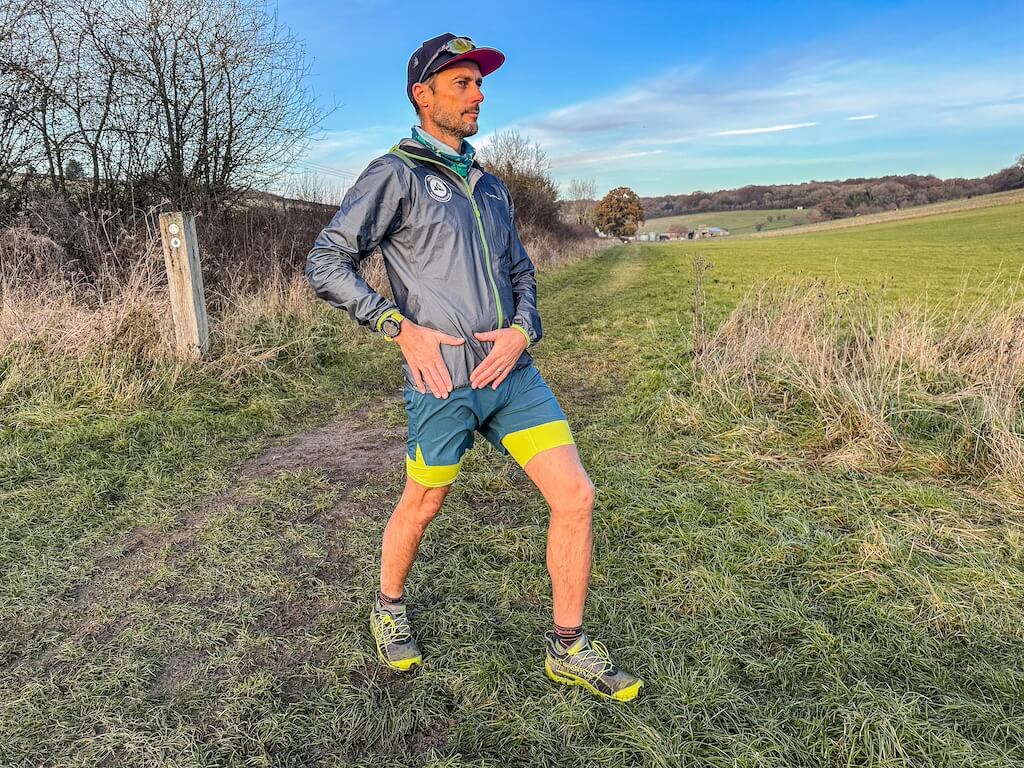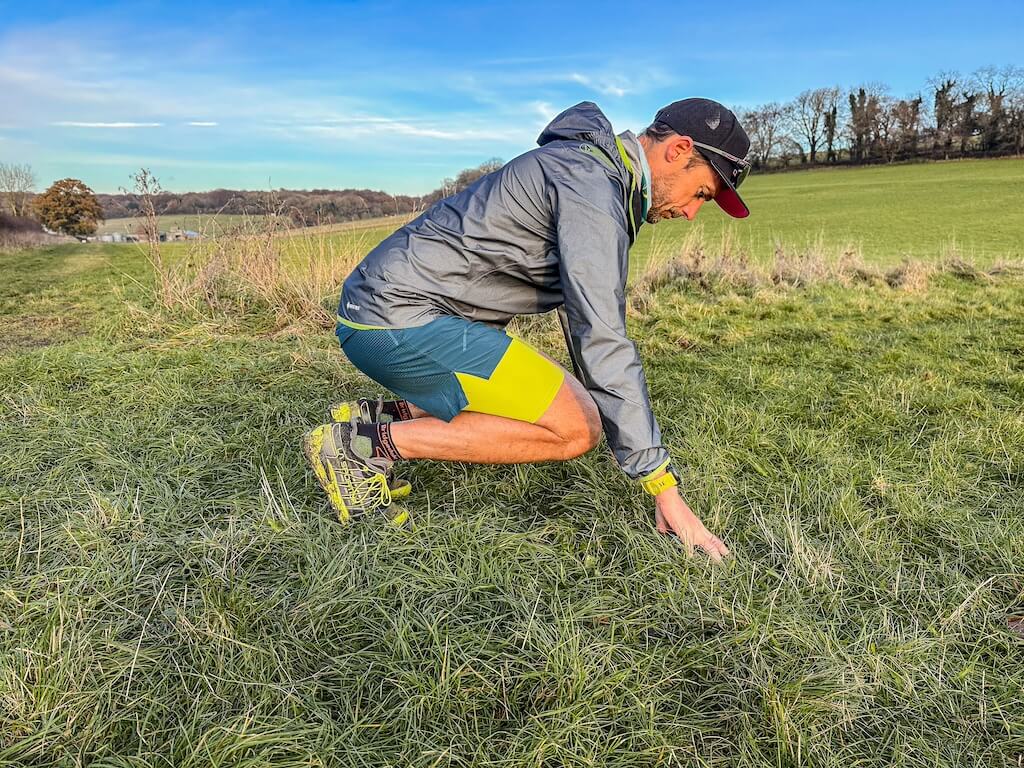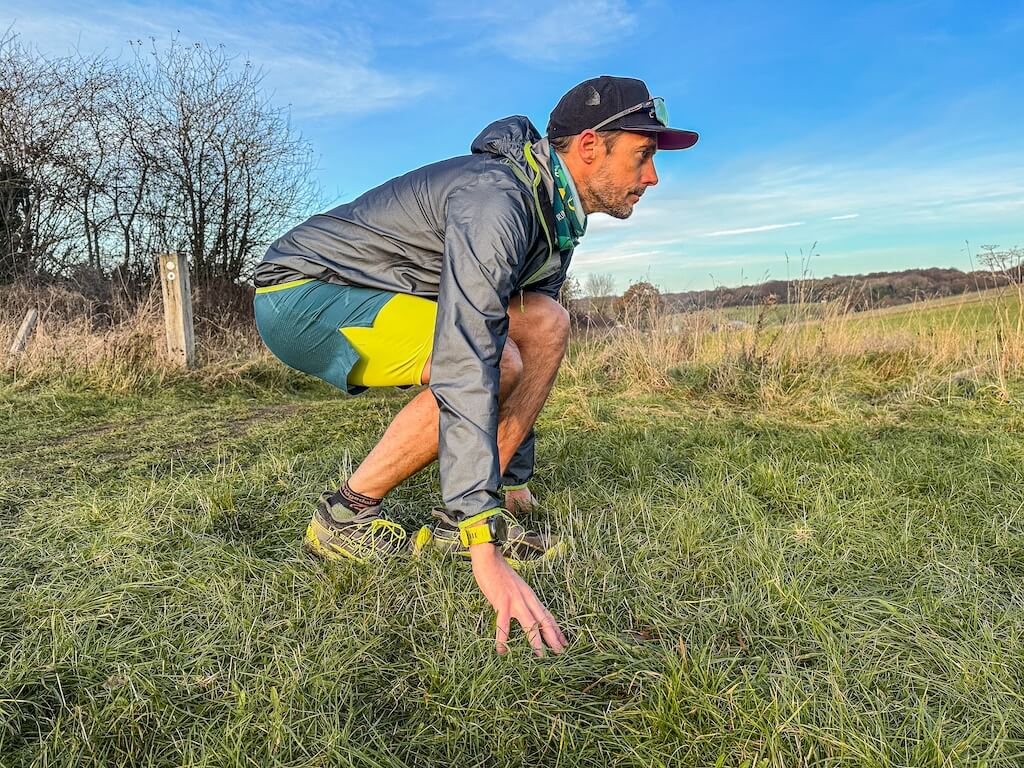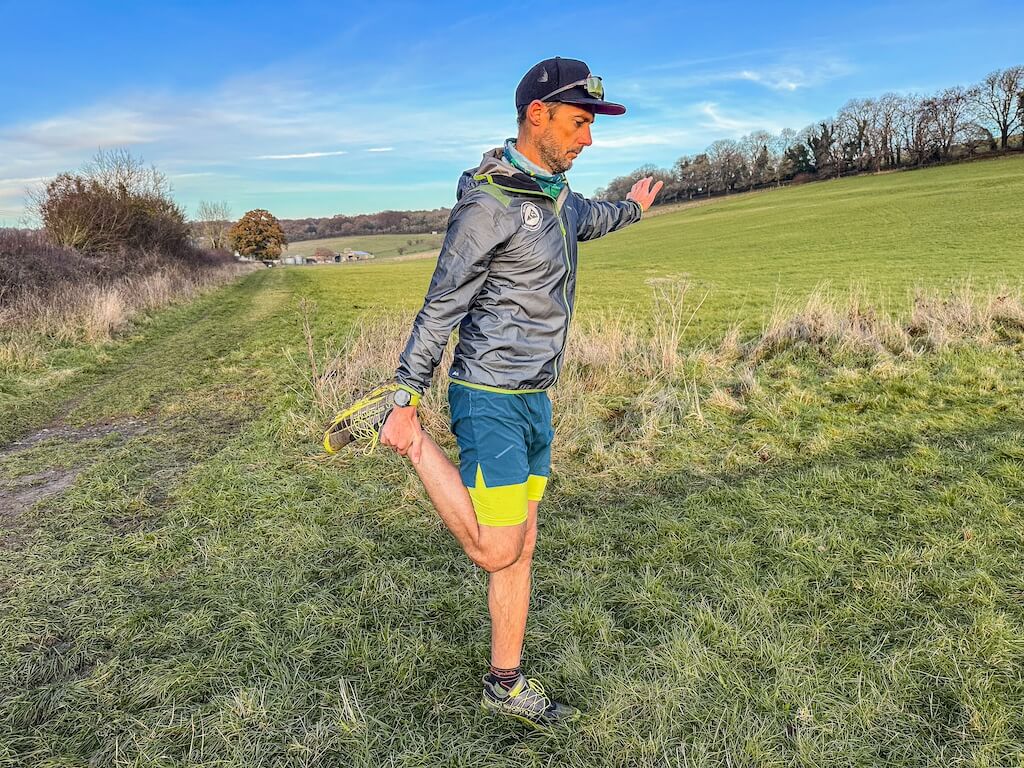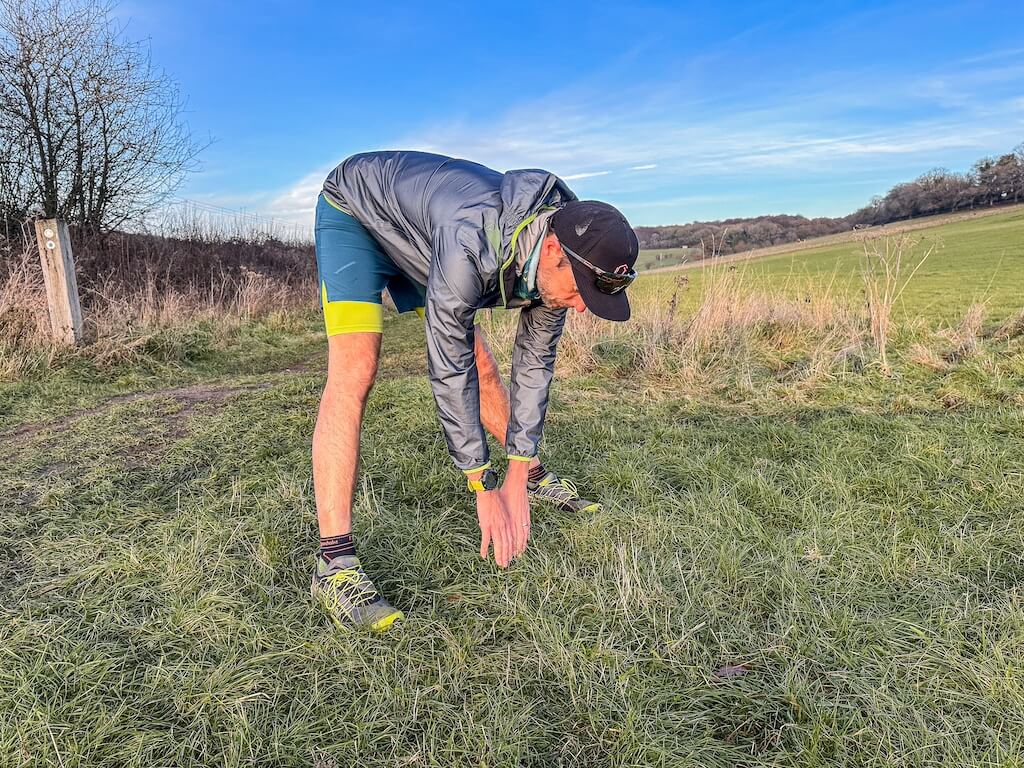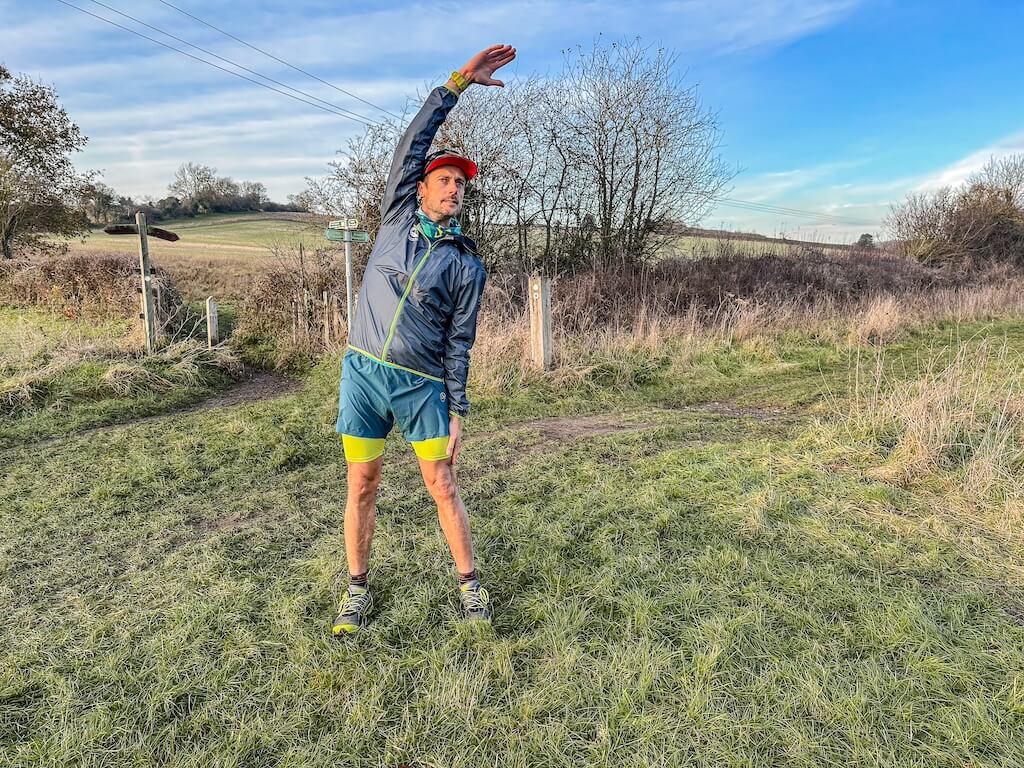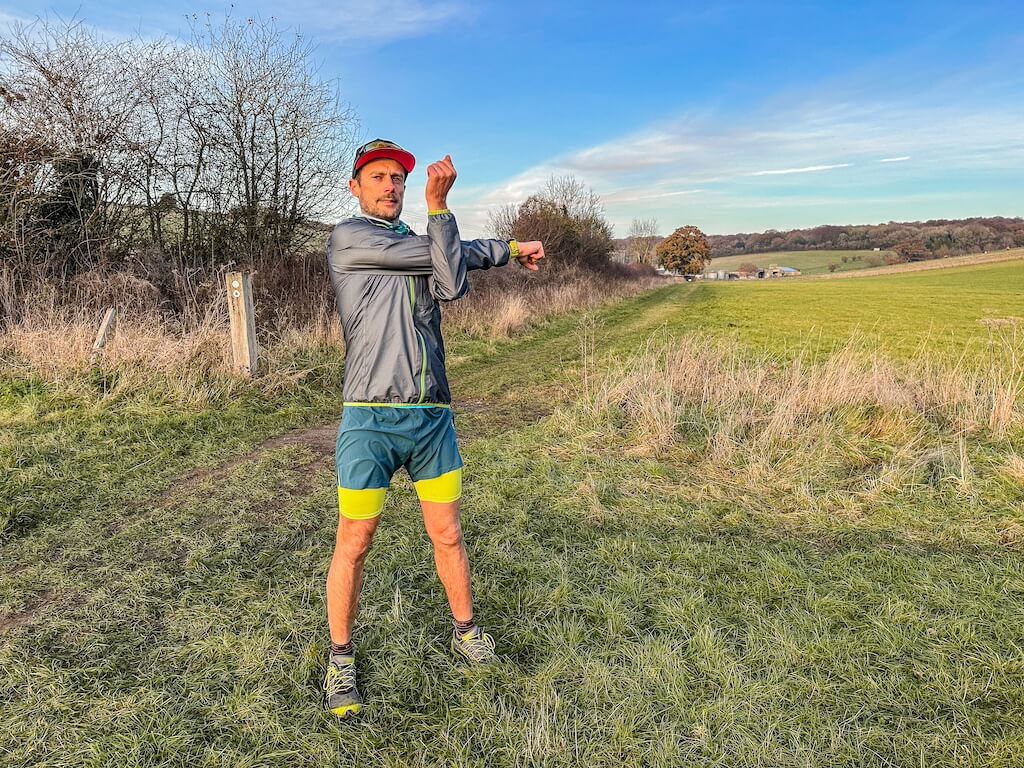Try this post-run stretching routine from running coach Simon James…
Whether you’ve just bought a pair of the best running shorts to start your running journey, or you’re a seasoned marathon runner, it’s important to get into the habit of performing a post-run stretching routine.
“Unless you’re doing something that’s got a certain level of quickness to it, like sprints or hill reps, stretching down after a run is now considered more important than a warm-up,” explains Run the Wild founder and running coach, Simon James. That’s because stretching immediately after your run does two things: it helps promote blood flow to the muscles, while also removing the build-up of toxins like lactic acid.
“Getting back into your car [after a run] is the worst thing you can do,” he adds, “because all the lactic sort of pools in your muscles,” he adds, leading to DOMS (delayed onset muscle soreness) and, over time, muscle tightness.
“I think five minutes [of stretching] is quite good, and it does way more than just what it’s doing to the muscle,” says James. “A big part of running is the mental and emotional side of it as well, and [stretching] helps people land.”
But how to fill your five minutes? Fortunately, James has a post-run stretching routine that hits all of the main muscle groups. “It’s important to keep it gentle,” he advises. “Nothing forced, no bouncing. We’re not looking to hold stretches for longer than 15 seconds, because the purpose of the post-run stretch is purely to kind of restore natural muscle length.”
He adds that if the stretch is single-sided, repeat on the other side before moving on to the next move.
The post-run stretching routine
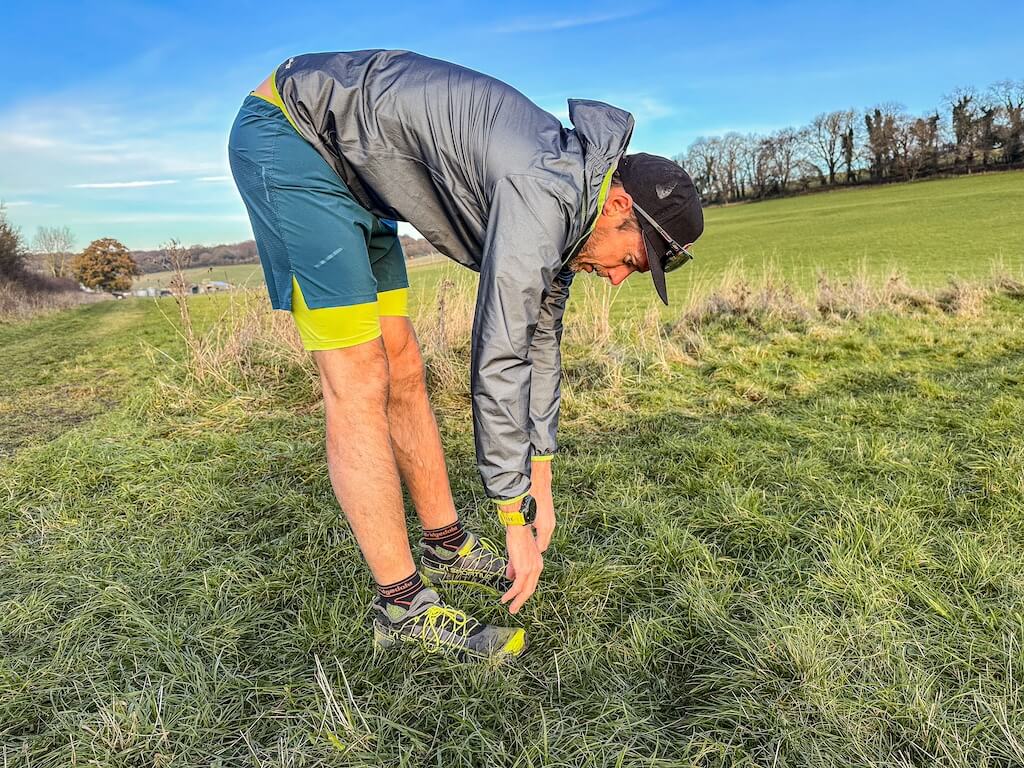
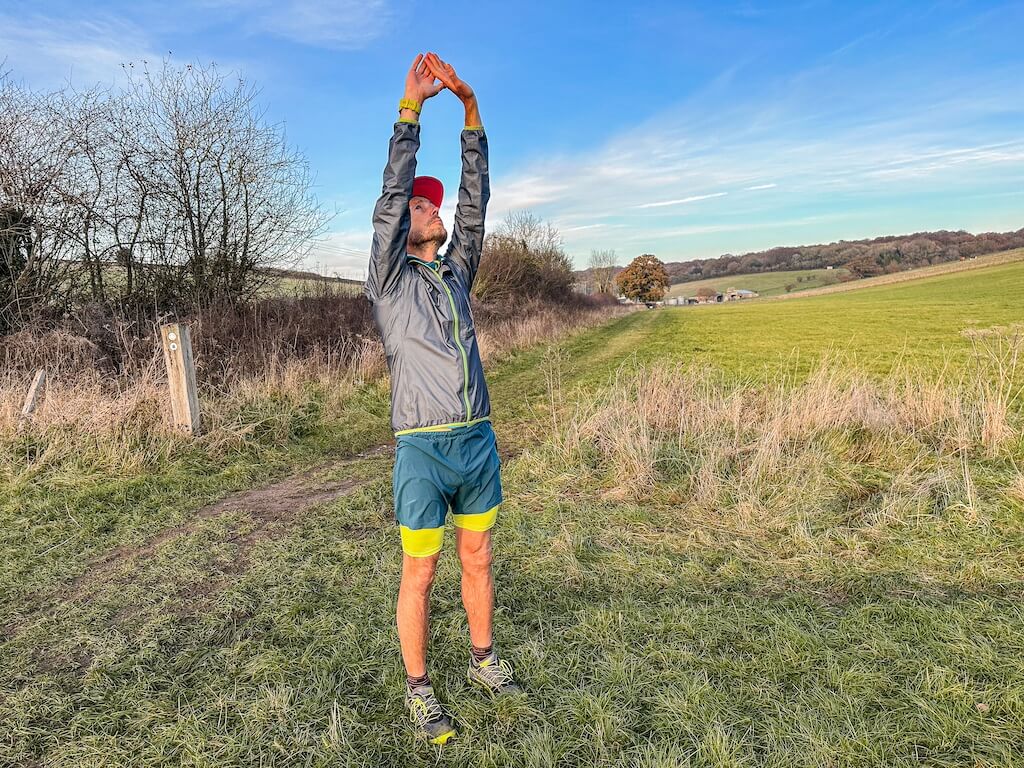
1. Hang followed by stretch to the sky
- I generally start with a hang – you’re folding over from your hips, dropping your hands down in front of you so they’re almost touching the ground.
- You’re letting the run finish in your mind, but also letting all the myofascial and the fascia stretch out in your back before then reaching up and doing a stretch to the sky.
2. Calf stretch
- Put your hands against the wall in front of you.
- With both feet pointing towards the wall, extend the leg you’re stretching backward, keeping it straight and with the heel flat to the floor.
- Bend the leg you’re not stretching at the knee.
- The key thing is to keep that heel flat on the floor – that’s where most people don’t get their stretch effective.
3. Hip flexor stretch
- Similar to the positioning of the calf stretch, soften the knee of the leg that’s normally straight and push the hip slightly forward on that side.
- You’ll feel stretch coming through the hip flexors – a hinge between your torso and your leg.
4. Plantar fascia stretch
- The plantar fascia is often missed but is a big problem for runners.
- Come down into a squat with your hands on the floor in front of you to provide balance.
- Go up onto the balls of your feet and rock your knees forward so they’re hovering over the ground in front of you.
- The further you bring your knees forward, the stronger the stretch.
5. Soleus stretch
- The muscle that sits underneath gastrocnemius, people lump it together with the calves.
- Put the toe box of the leg you’re stretching on the back of the heel of your other foot like you’re walking on a line.
- Squat down and look to keep your centre of gravity over your feet – you can put your hands on the ground either side to help balance.
- Adjust your height until you find the point which is a bit tighter, and that’s the area you’re going to focus on.
6. Quads stretch
- Pick up the leg that you’re going to stretch at the ankle and bring it up behind you, ideally keeping your knees in line with each other.
- If you want that stretch to be more significant, push your hips slightly forward, and that should emulate the earlier hip flexor stretch.
7. Hamstrings and adductors stretch
- Put your feet a bit wider than shoulder-width apart.
- Bend over at the hip and try to get your hands down towards the floor.
- Once held for 15 seconds, move onto the adductors, which are used particularly in trail running for stabilising yourself as you’re going forward.
- Bend one leg at the knee and shift your weight to this side while keeping your other leg straight.
- You should feel a stretch on your straight leg from your groin down to your knee, which is where the adductors are located.
8. Torso stretch
- This is a bit of a Mr Motivator stretch.
- Have your hands down by your side, feet shoulder-width apart and slide your palm down on your left side while bringing your right arm up and over the head, keeping everything in line.
- You should feel a nice stretch coming up the side of your torso, which means you’re stretching your obliques effectively.
9. Arms stretch
- Finally, I finish off with the arms.
- They’re a really important part of running – particularly trail running – and you can’t run quicker than your arms can swing.
- Bring one arm across the front of your neck and use your other arm to lock it in and bring it a little closer towards you.
- You should feel a stretch in your shoulder and through your triceps as well.

